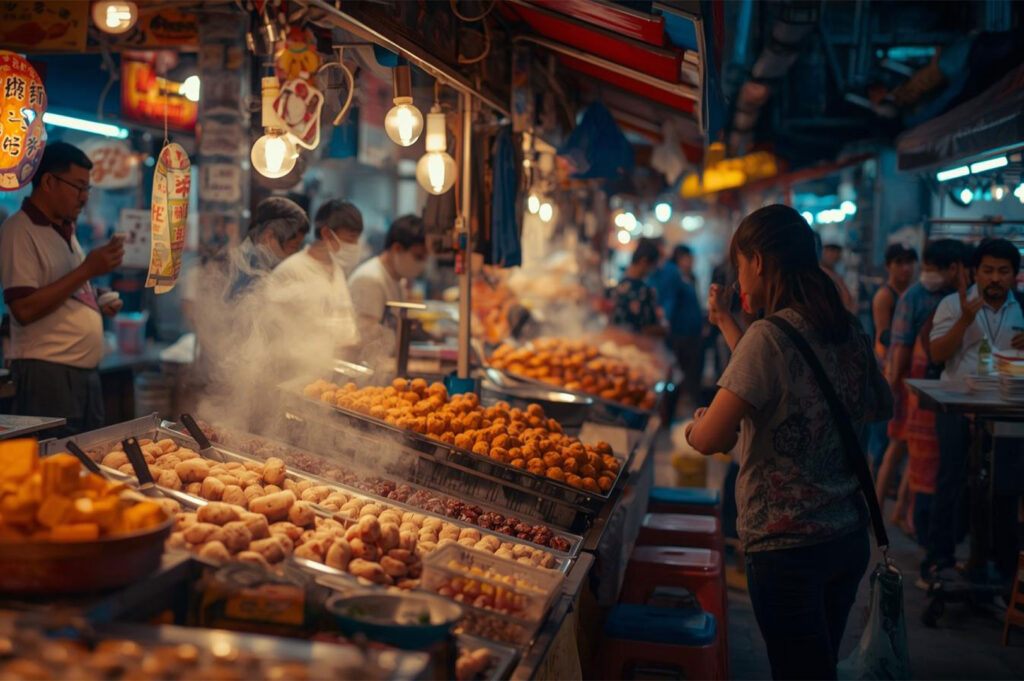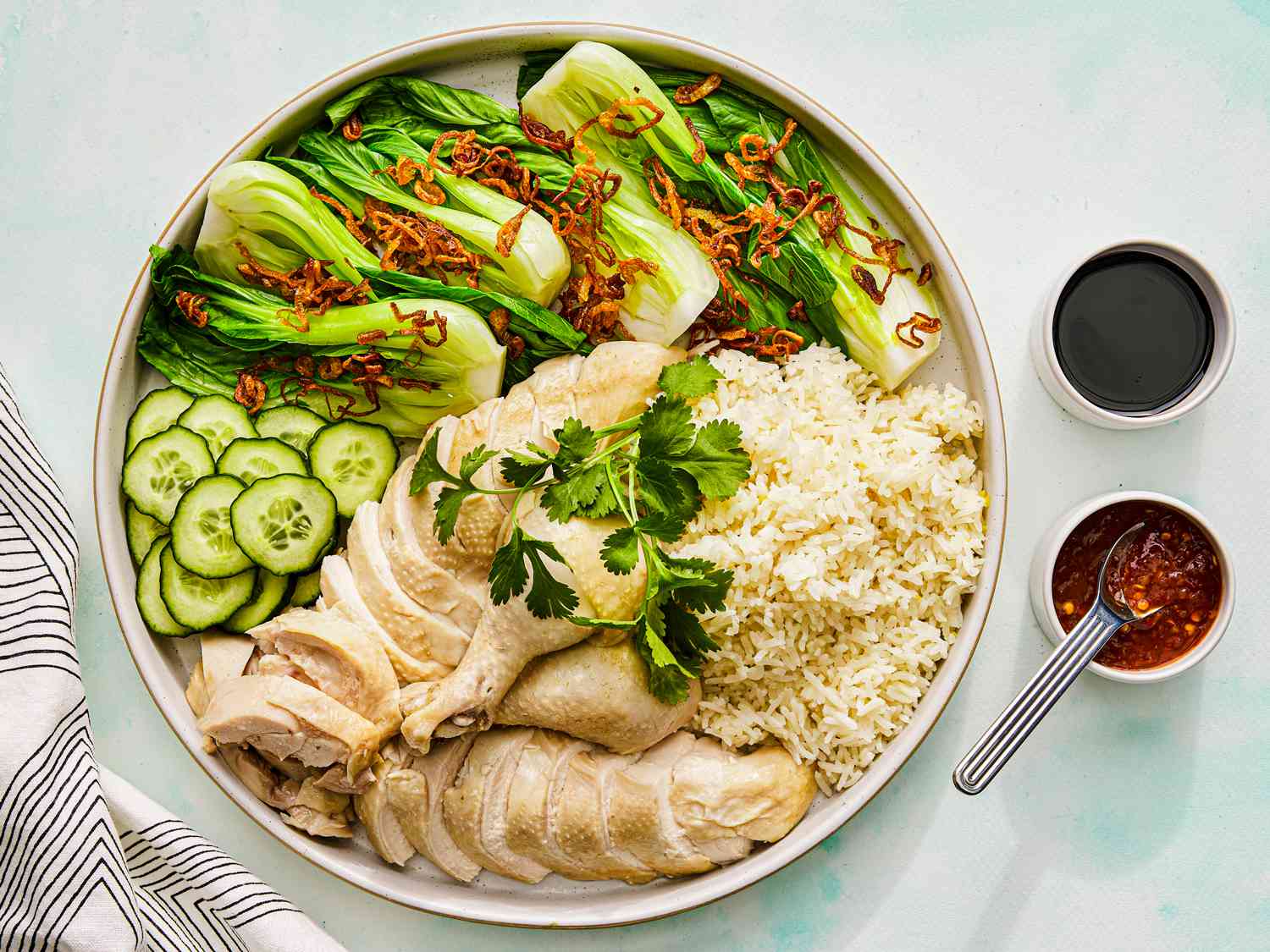It’s no exaggeration to say that Singapore food culture is one of the city-state’s defining features—a living tapestry that threads through daily life, shaping identities, communities, and rituals. Singapore’s reputation as a food paradise is anchored in its remarkable diversity, where a single meal can traverse the flavors of China, India, the Malay Archipelago, and beyond. From bustling hawker stalls lining the Singapore River to the elegance of fine dining Singapore establishments, the island’s culinary journey has been nothing short of extraordinary. This article explores how Singaporean food culture evolved from street food to sophisticated gastronomy, remaining true to its multicultural heritage while continuously reinventing itself. Expect vibrant tales spanning humble hawker centres, iconic local food, global influences, and the savoring of both beloved classics and refined gourmet experiences.
The Historical Roots of Singapore Food Culture
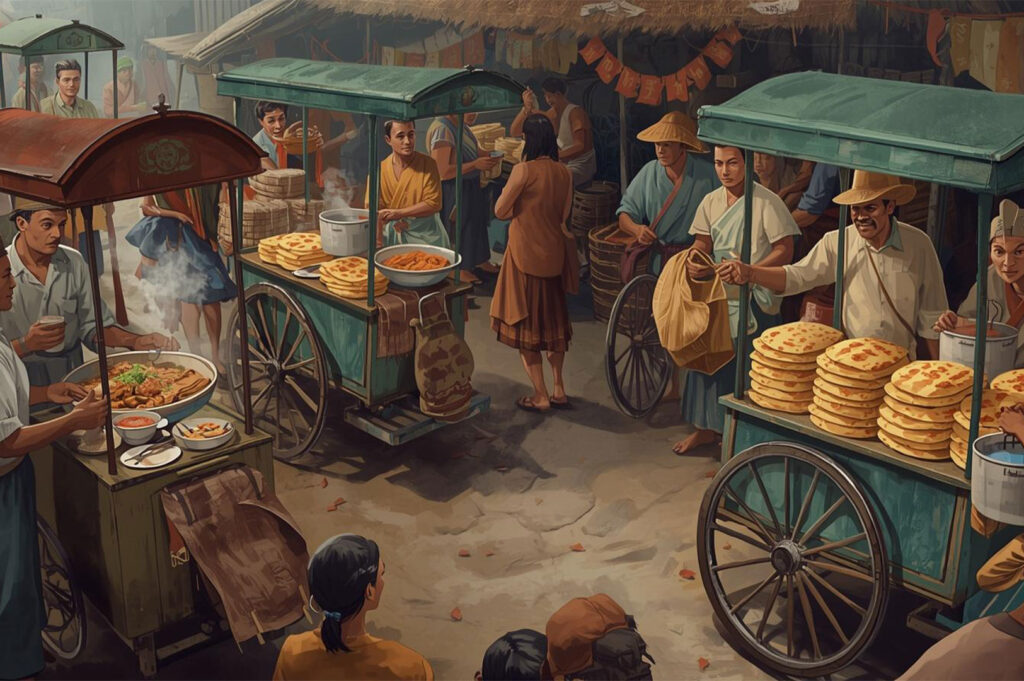
The foundations of Singapore food culture were laid by centuries of migration, trade, and cultural exchange. Early settlers from China, Malaysia, India, and Europe arrived as traders, laborers, and administrators, each bringing their own culinary influences. Chinese immigrants introduced staples like hainanese chicken rice, fragrant with ginger and paired with chilli sauce, and hearty bowls of bak kut teh (pork rib soup) simmered in herbs and garlic. Malay migrants enriched the foodscape with nasi lemak—rice steamed with coconut milk and served with sambal chili, fried anchovies, and egg—while Indian cooks brought robust curries, roti prata, and the use of coconut cream.
In the melting pot of old Singapore, market streets bustled with vendors selling steamed rice, bright green kaya toast (a sweet coconut egg jam spread), flat rice noodles, and local vegetables. As these communities mingled, dishes like laksa and Peranakan cuisine emerged, blending Chinese, Malay, and even European techniques—a true forerunner to fusion food. The colonial era layered on Western dining habits and introduced food imports, while historical episodes like World War II and the separation from Malaysia fundamentally shaped food traditions and preferences. Iconic dishes such as carrot cake (chai tow kway, made from rice flour), char kway teow (stir-fried egg and flat rice noodles with dark soy sauce, cockles, and Chinese sausage), and kaya toast became cornerstones of Singaporean cuisine, each telling stories of adaptation, ingenuity, and multicultural unity.The Rise of Hawker Centres: Street Food Culture Anchored in Community
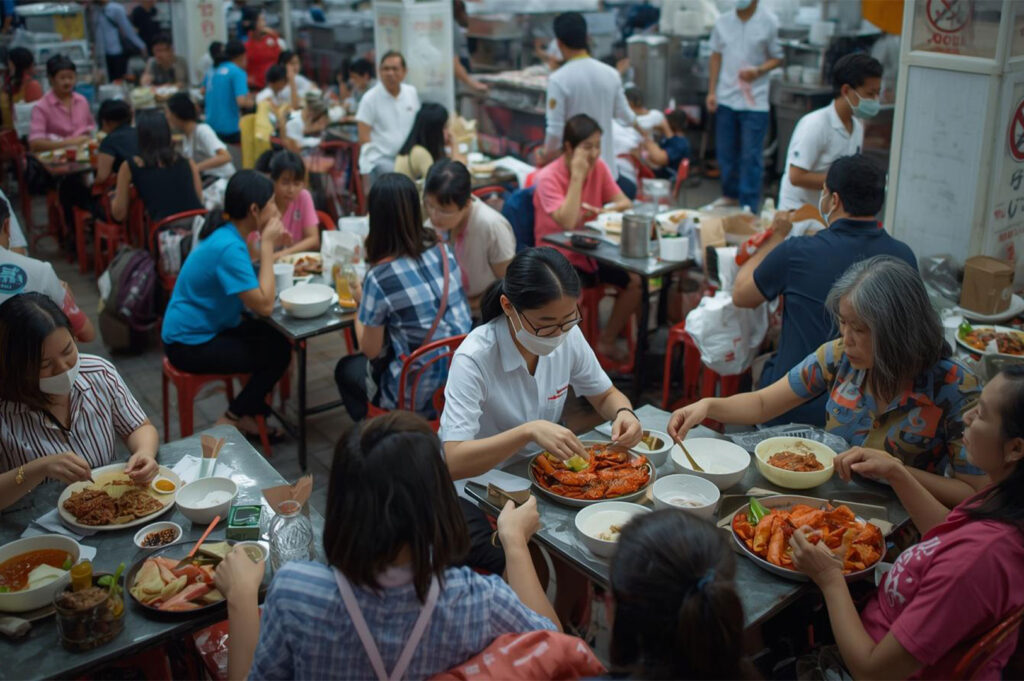
Singapore’s legendary hawker culture was born in the open air and on the crowded sidewalks, as generations of hawker stalls fueled the city’s workforce with affordable, fast, and comforting food. These mobile carts sold everything from chicken rice and oyster omelette to curry chicken and plates of pork chop with fragrant steamed rice. The social tapestry woven in these early food stalls was as rich as the broths simmering over charcoal stoves.
By the 1970s, rapid urbanization and public health concerns prompted the government to relocate street hawkers into structured hawker centres—purpose-built, covered food markets that offered better hygiene, affordable meals, and communal dining. Maxwell Food Centre, Newton Hawker Centre, and Airport Road Food Centre became iconic landmarks, their rows lined with stalls run by families who preserved Singaporean food traditions and passed down generations-old recipes. As hawker centres multiplied across the island, they became democratic spaces where Singaporeans from all backgrounds convened over rice noodles, pork belly, chili crab, and endless cups of local coffee sweetened with condensed milk or evaporated milk. The UNESCO recognition of Singapore’s hawker culture as an intangible cultural heritage in 2020 cemented its status as a vital component of the nation’s identity. Veteran hawkers such as Mr. Wong from Maxwell’s Hainanese Chicken Rice or Auntie Mei at Newton’s Carrot Cake stall embody the spirit of dedication and ingenuity, upholding the prestige of the hawker food scene even as modern pursuits beckon younger generations.“Every dish has a story. My father taught me, and his father taught him. We are not just selling food; we are selling our family’s history.” – Second-generation Hawker
A Timeline of Singapore’s Food Evolution
- 19th Century: Immigrants from China, India, and the Malay Peninsula establish Singapore as a trading post and culinary crossroads.
- 1950s–1960s: Hawker stalls proliferate street corners, serving affordable local food such as chicken wings and bak kut teh.
- 1970s–1980s: Hawker stalls move into dedicated hawker centres, formalizing the communal food centre tradition.
- 1990s: The rise of air-conditioned food courts and coffee shops transforms how Singaporeans experience favorite hawker dishes.
- 2000s: “Mod-Sin” and fusion cuisine emerge, blending global influences with traditional local cuisine.
- 2016: Michelin Guide debuts, recognizing both fine dining Singapore restaurants and hawker stalls.
- 2020: Singapore’s hawker culture is inscribed on the UNESCO Intangible Cultural Heritage list.
Modern Food Centre Culture and Innovation
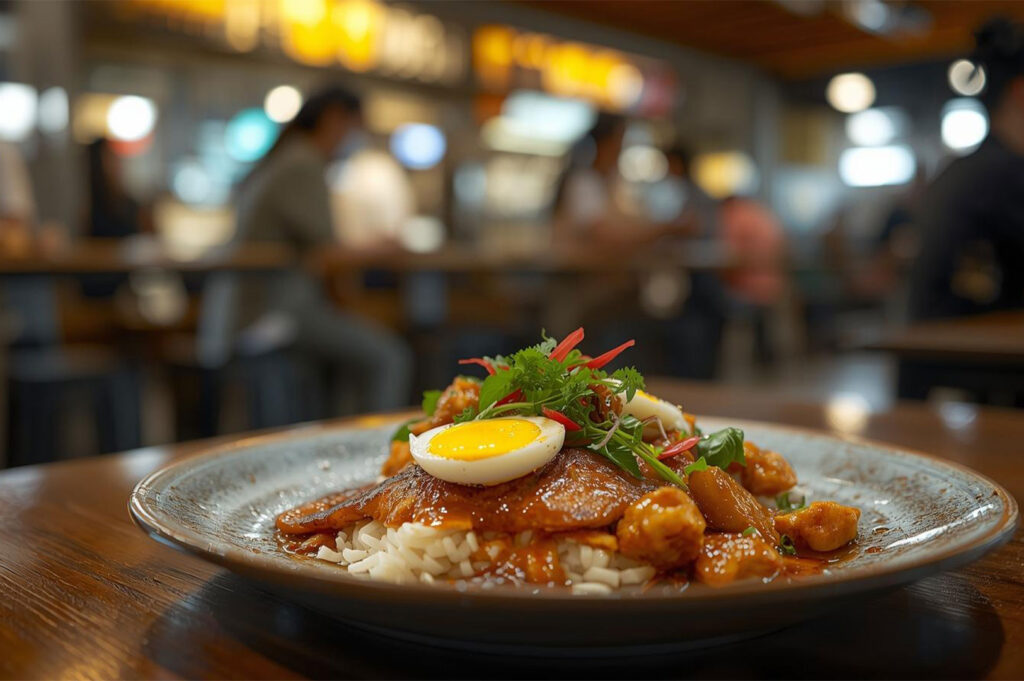
As hawker traditions anchored Singaporean food culture, new trends took root. Modern food centres, such as upscale food halls in shopping malls and Newton Food Centre, added convenience and comfort, welcoming diners with a wide variety of stalls offering both heritage flavors and contemporary interpretations. There, you can sample everything from robust egg noodles tossed in dark soy sauce to fried chicken, minced pork noodles, and local food favorites like glutinous rice dumplings.
The new wave of “hawkerpreneurs”—often children or grandchildren of hawker pioneers—are adding creative flair and premium ingredients to beloved classics. They are also adept at promoting their hawker food through social media and drawing queues with items like salted egg croissants, curry chicken served with artisanal bread, and nasi lemak crafted with homemade sambal and organic eggs. Parallel to this evolution, traditional recipes are continually reimagined. Dishes like laksa combine rice noodles with rich coconut milk and freshly made fish balls, while bak chor mee (minced pork noodles) now feature house-made chili sauce, sous-vide pork, and inventive garnishes. Menus evolve to include plant-based options, yet the soul of Singapore’s food scene—generosity, flavor, and community—remains unchanged.The Chicken Rice Phenomenon: A National Icon
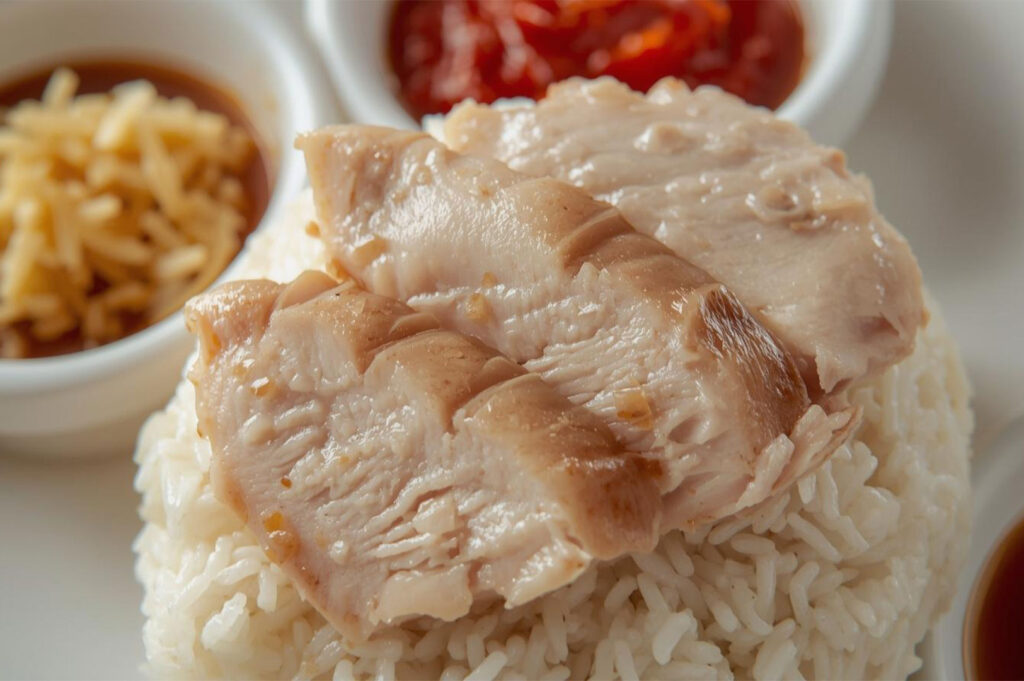
No discussion of Singaporean food culture is complete without highlighting hainanese chicken rice. Originally conceived by Hainanese immigrants, this humble dish embodies the city’s penchant for transformation. Steamed or poached chicken, slick with aromatic oil and sliced atop bed of fragrant rice cooked with chicken fat, is served with a punchy chilli sauce, freshly grated ginger, and dark soy sauce—a simple yet complex plate that excites the taste buds.
From famous stalls at Maxwell Food Centre, Airport Road Food Centre, and Newton Hawker Centre, to celebrated fine dining restaurants, chicken rice has evolved to be both everyday fare and a showcase for culinary artistry. Michelin-starred renditions use organic chickens, Japanese short-grain rice, or seasonal garnishes, making this familiar favorite a canvas for ingenuity.Chilli Crab, Fish Head, and Culinary Icons
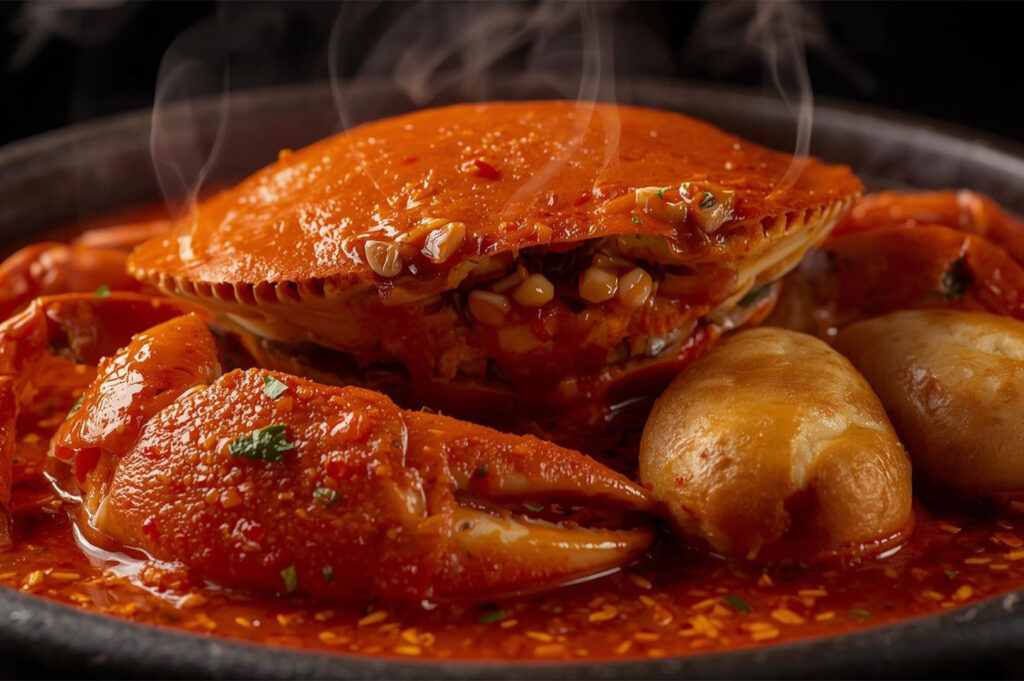
Chilli crab is perhaps Singapore’s most famous culinary ambassador, invented in the 1950s when Madam Cher Yam Tian experimented with bottled chili sauce and fresh crab. Today, it’s found at humble food stalls and high-end restaurants alike, served with fluffy rice buns (mantou) or steamed rice to mop up the addictive gravy. The dish highlights Singaporean cuisine’s love for balanced flavors—sweet, spicy, and savory all at once.
Other iconic local food includes fish head curry, a cross-cultural marvel that pairs South Indian spices with Chinese-style stewed fish; fried carrot cake (savory cubes of radish cake stir-fried with egg and preserved radish); and black pepper crab, a rich, spicy alternative to the sweet tang of chili crab. These celebrated plates, along with oyster omelette, char kway teow, and minced pork noodles, are ever-present reminders of the city’s culinary creativity.Hawker Centres: Social Hubs and Culinary Museums
The role of hawker centres extends far beyond sustenance. Places like Maxwell Food Centre, Newton Hawker Centre, and Airport Road Food Centre function as museums of Singapore food culture, spaces where time-honored recipes coexist with new creations. Within these aromatic halls, you’ll find savory curry chicken served with steamed rice, fragrant chicken wings grilled over charcoal, and the piquant flavors of chili crab simmering in woks. Egg noodles and flat rice noodles—oftentimes stir fried with bean sprouts, Chinese sausage, and dark soy sauce—remain perennial crowd-pleasers, forming the backbone of communal feasts.
These food centres are a crossroads where elderly hawkers clad in aprons might plate up the same dish for the thousandth time, while young chefs try their hand at fusion cuisine, such as laksa pasta or sushi-inspired carrot cake bites. The diversity of hawker stalls capturing the flavors of Indian food, Malay cuisine, and Chinese culture makes these destinations truly unique in Southeast Asia.Food Courts and the Changing Landscape
The explosive growth of food courts and modern dining spaces dramatically expanded the local food scene. Outfitted with air conditioning and clean seating, these courts host stalls specializing in everything from curry chicken and fried chicken to glutinous rice dumplings and sweet coconut egg jam spreads on toast. The proliferation of food stalls—from traditional vendors to fusion start-ups—reflects the ever-changing, inclusive nature of Singaporean food culture.
High-quality food courts such as those in Marina Bay Sands and Raffles City blend the boundary between hawker food and fine dining, catering to every taste and budget and spurring a new era of culinary innovation.
Bak Kut Teh: Comfort Food in Every Bowl
Bak kut teh, or pork rib soup, is another beloved mainstay of Singapore food culture. Whether enjoyed at a humble hawker stall or modern restaurant, its steaming, aromatic broth—loaded with pork bones, garlic, and white pepper—warms the soul. Each family, and every region, has its own twist, from the peppery Teochew version to the herbal Hokkien style. Bak kut teh is traditionally eaten with steamed rice, pickled vegetables, and strong local tea, making it the ultimate comfort meal from breakfast to late-night supper.
Carrot Cake, Char Kway Teow, and the Art of the Hawker Dish
The magic of the local food centre lies in the sheer variety and quality of its offerings. Dishes like carrot cake—which, despite the misleading name, contains no carrots but rather wok-fried rice flour and radish—showcase the skill of the humble hawker stall chef. Char kway teow is another staple, a smoky, stir-fried blend of flat rice noodles, egg noodles, chives, bean sprouts, and pork lard, cooked over searing heat with soy sauce and a generous handful of Chinese sausage.
The flavors are bold and the textures ever varied—soft, chewy noodles paired with crispy bits of pork or smooth fish cake—and every element is thoughtfully balanced. The success of these dishes is a testament to the dedication and expertise of Singapore’s hawker community.
Hawker Culture and National Identity
Food is the ultimate equalizer in Singapore, a space where race, class, and religion blend over a shared plate of chicken rice or a bowl of fish soup. The government has played an active role in safeguarding this cultural inheritance by supporting training programs for new hawkers, establishing preservation initiatives, and promoting Singaporean cuisine internationally. Hawker culture has become a symbol of national pride, a source of nostalgia, and an anchor for the stories of generations.
“We serve more than just food; we serve memories, friendships, and Singapore’s soul.” — Veteran HawkerIn the daily ritual of queuing for hawker food, Singaporeans reaffirm their belonging to a multicultural nation and a rich local cuisine legacy.
The Fine Dining Scene: Singapore’s Global Culinary Status
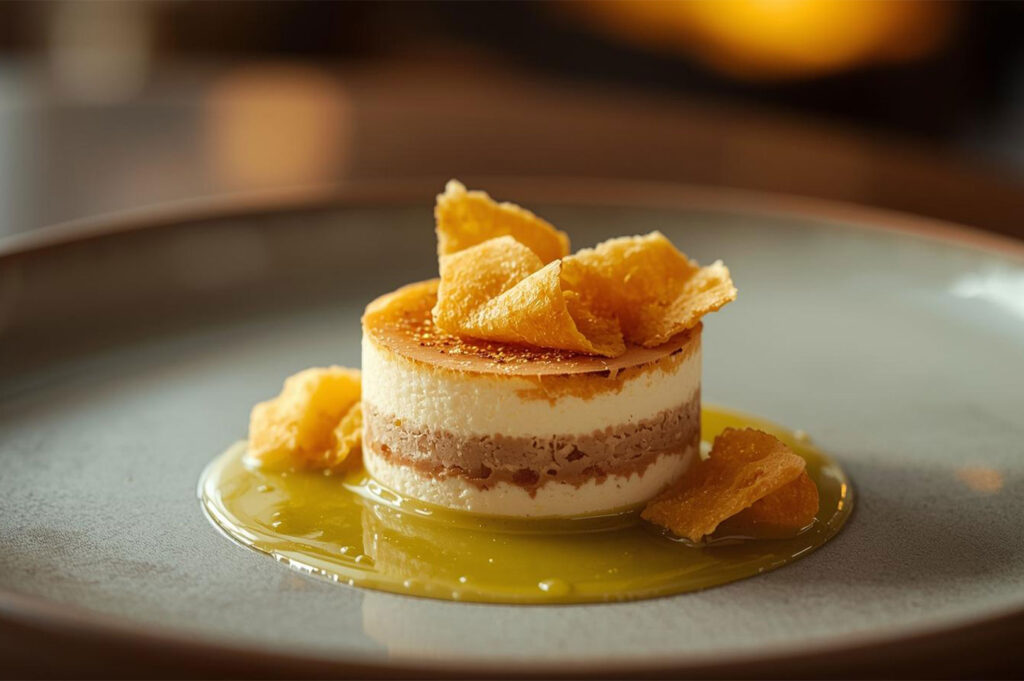
No exploration of Singapore food culture is complete without mentioning its burgeoning fine dining Singapore scene. Award-winning restaurants run by globally renowned chefs have put Singapore on the world gourmet map. Fine dining establishments skillfully incorporate local ingredients like coconut milk, chili crab, and sambal chili into their menus, reimagining these flavors through the lens of international techniques.
Michelin-starred restaurants and polished gourmet destinations now sit side by side with timeless hawker stalls, forging a dynamic dining landscape that delights food enthusiasts. Fish head curry features as a signature course at some of the island’s best food temples, while desserts reinterpret kaya toast and local coffee in molecular gastronomic form. This constant cross-pollination ensures Singaporean food continues to excite global palates.The Future of Singapore’s Food Scene
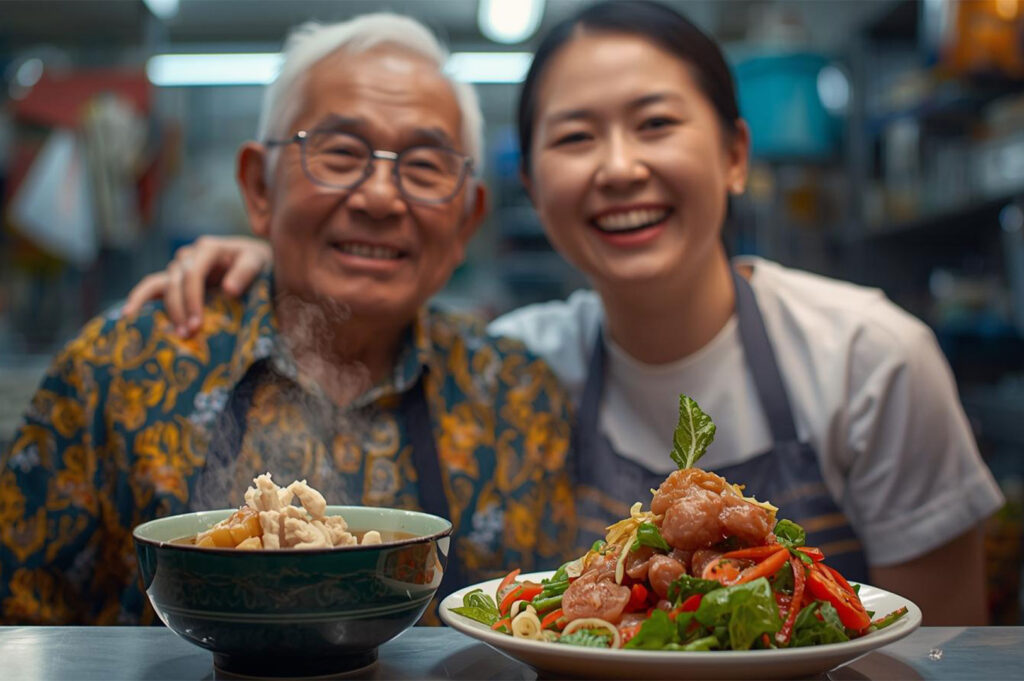
As Singapore confronts the challenges of passing traditions on to a new generation and embracing sustainability, its food culture grows ever more dynamic. The farm-to-table movement is gaining ground, with local vegetable growers supplying both hawker stalls and fine dining restaurants. Technology is reshaping food production, ordering, and delivery, and global trends—like plant-based cuisine—are increasingly found on hawker centre menus. Yet the true heart of the island’s food spirit lies in a bowl of silky hainanese chicken rice, a plate of char kway teow flash-fried at a Maxwell hawker stall, or the unmistakable aroma of chili crab cooking by the riverside.
Food tourism remains a cornerstone of Singapore’s economic development, drawing international visitors eager to savor the best of local and global cuisine. As tradition and innovation blend ever more seamlessly, Singapore food culture stands as a lasting testament to the city’s resilience, adaptability, and passion for flavor.Sidebar: 10 Must-Try Singaporean Dishes
- Hainanese Chicken Rice: Fragrant steamed rice and poached chicken with ginger, chilli sauce, and dark soy sauce—beloved across Singapore.
- Chilli Crab: Whole crabs stir-fried in a sweet, spicy, and savory chili-tomato sauce, perfect with steamed or fried buns.
- Laksa: Rice noodles in spicy coconut milk broth, topped with fish cake, shrimp, and fresh bean sprouts.
- Char Kway Teow: Stir-fried flat rice noodles and egg noodles, with Chinese sausage, cockles, and dark soy sauce.
- Bak Kut Teh: Peppery pork rib soup featuring pork bones, garlic, and a clear, aromatic broth, classically served with steamed rice.
- Carrot Cake: Savory rice flour and radish cake stir-fried with egg, garlic, preserved radish, and soy sauce.
- Satay: Grilled skewers of chicken, pork, or beef served with spicy peanut sauce and rice cakes.
- Hokkien Mee: Yellow egg noodles and rice noodles stir-fried with prawns, squid, and pork belly, finished with sambal chili.
- Roti Prata: Pan-fried Indian flatbread, crispy outside, fluffy inside, usually served with spicy curry chicken or fish curry.
- Kaya Toast: Traditional Singaporean breakfast of toast with coconut egg jam and slices of cold butter, paired with soft-boiled eggs and local coffee.

